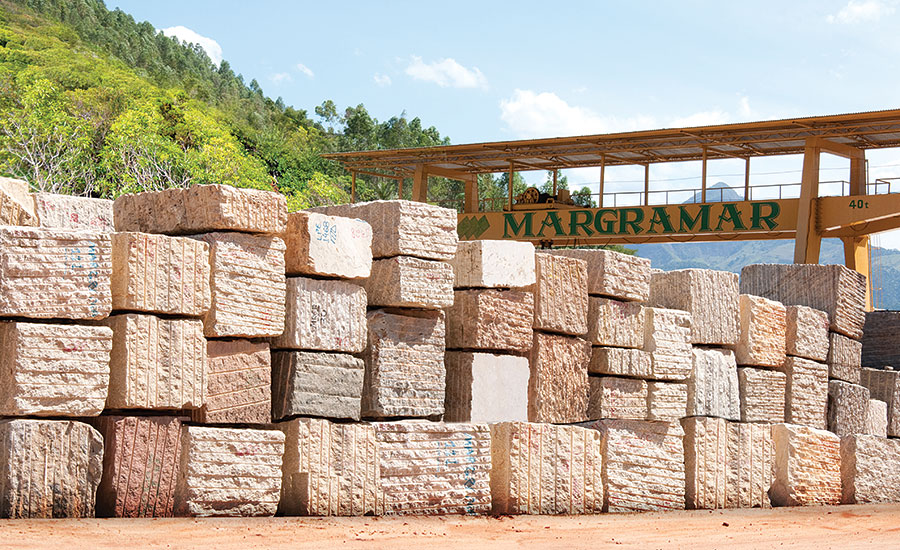The Covert Gems: Exploring Granite Quarries in South Africa
The Covert Gems: Exploring Granite Quarries in South Africa
Blog Article
Unearthing the Rich Background and Sustainable Practices of Granite Quarrying
As we depend on the precipice of discovering the intricate tapestry of granite quarrying, a journey via time exposes not just the physical act of drawing out rock but likewise the social and historical significance woven into the really fabric of this technique. From the ancient origins that laid the structure for modern-day quarrying methods to the lasting practices that are forming the future of this sector, each sculpt mark on granite surfaces informs a tale waiting to be unearthed (granite quarries in south africa). The heritage of granite quarrying extends much beyond plain removal; it is a testimony to human ingenuity, durability, and the enduring allure of this magnificent stone
Old Beginnings of Granite Quarrying
Dating back to ancient worlds, the method of quarrying granite has actually been an essential part of human background and building innovation. The earliest evidence of granite quarrying dates back to ancient Egypt, where large pyramids and intricate sculptures were crafted from this durable stone. The Egyptians used primitive devices to remove granite blocks from quarries, showcasing the importance of this material in their monumental buildings.
Progressing in background, the Greeks additionally made substantial payments to the quarrying of granite. The Greeks made use of granite in various architectural marvels, such as temples and statues, demonstrating their ability in shaping and carving this hardy stone. The Romans further refined the techniques of quarrying granite, employing sophisticated tools like chisels and hammers to essence and shape granite for their famous frameworks.
Via the centuries, the technique of quarrying granite has actually evolved, with modern-day innovations enhancing efficiency while preserving the timeless charm of this natural stone - granite quarries in south africa. From ancient worlds to modern home builders, the heritage of granite quarrying remains to shape our world
Development of Quarrying Strategies
The advancement of quarrying techniques has actually been marked by a continuous development towards greater performance and accuracy in drawing out granite. From the fundamental techniques utilized by our ancestors to the sophisticated technologies made use of in modern-day quarrying procedures, the sector has actually undergone considerable improvements. Early quarrying techniques involved hands-on labor with fundamental devices such as blades, hammers, and wedges to extract granite blocks from the planet. As people progressed, strategies like fire-setting and primitive dynamites were presented to assist in the extraction procedure.
In more recent times, the introduction of equipment revolutionized the quarrying market, enabling quicker removal prices and enhanced performance. Technologies such as diamond cable saws, high-pressure water jets, and pneumatic drills have become typical in modern quarries, enabling exact cutting and reduced waste. Developments in computer-controlled tools view and 3D modeling have actually optimized quarrying operations, leading to very little ecological influence and improved sustainability practices. As the demand for granite remains to rise, the advancement of quarrying techniques continues to be integral to meeting sector needs effectively and sustainably.
Cultural Importance of Granite
Granite holds a profound social importance throughout different civilizations due to its long-lasting existence in building masterpieces and revered monoliths. The cultural significance of granite expands beyond its physical characteristics; it embodies resilience, security, and eternity, making it a sign of enduring heritages and practices.

Lasting Practices in Quarrying
Among the rich history of granite quarrying and its social importance exists an expanding focus on sustainable practices within the market. As ecological understanding and issues about resource exhaustion have enhanced around the world, the quarrying market has significantly accepted sustainable approaches to click here now reduce its influence on the setting and surrounding areas.

Additionally, improvement and rehabilitation of quarry sites post-extraction are important to lasting techniques. By bring back quarried areas to a natural or helpful state, such as developing wildlife environments or entertainment rooms, quarriers can counter the ecological footprint of their operations and contribute favorably to the neighborhood ecosystem.
Legacy of Granite Quarrying
With a historical backdrop steeped in craftsmanship and industrial progress, what enduring effect has granite quarrying left on the landscape of contemporary culture? The heritage of granite quarrying goes beyond plain removal techniques; it has actually formed architectural wonders, metropolitan landscapes, and cultural heritage worldwide. The sturdy nature of granite has made it a preferred choice for monuments, structures, and facilities, standing as a testimony to the skill and creativity of quarry employees throughout generations.
Furthermore, the economic footprint of granite quarrying can not be forgotten. The sector remains to give employment possibilities and drive local economic climates in regions where granite extraction is prevalent. It has actually likewise spurred technical developments in quarrying techniques and tools, resulting in more reliable and lasting methods.
In terms of sustainability, the heritage of granite quarrying consists of efforts to mitigate ecological effects official site via improvement projects and accountable resource monitoring. By balancing financial interests with ecological stewardship, the sector makes every effort to make certain that future generations can remain to benefit from this long-lasting natural source.
Final Thought

Report this page